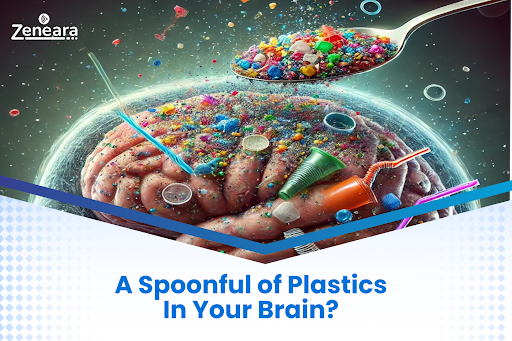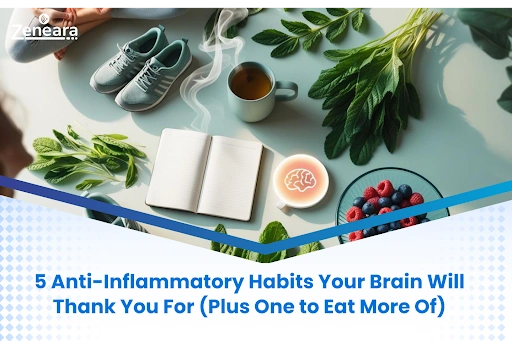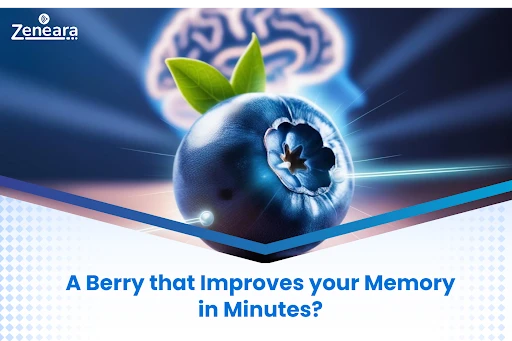Let’s start with a question: If I told you that a spoonful of plastic is sitting inside your brain right now, how would you feel? Disgusted? Shocked? Maybe even a little freaked out?
Well, brace yourself because that’s exactly what a new study just revealed.
Scientists have found that microplastics in the human brain have skyrocketed by 50% in just the past eight years, and some individuals (particularly those suffering from dementia) were found to have 10 times the plastic buildup compared to others.
That’s right. We’re not just talking about plastic in the ocean anymore.
It’s inside us. It’s in our brains.
And if you’re someone who cares about mental clarity, brain health, and maybe even the mysterious pineal gland… the tiny but mighty gland known as the “third eye” in spiritual circles… then you’ll want to keep reading.
Because this discovery might just explain why so many people are struggling with brain fog, disrupted sleep, and even degenerative diseases like Alzheimer’s.
I’m sharing this because this isn’t just an environmental issue. It’s a personal one. If microplastics are infiltrating our brains, disrupting memory, sleep, and cognitive function, we need to act now.
The good news? We’re not powerless.
By understanding the problem and making simple changes, we can protect our brains and detox what’s already there.
Let’s dive into what’s happening and more importantly, what you can do about it.
The Brain’s Plastic Problem
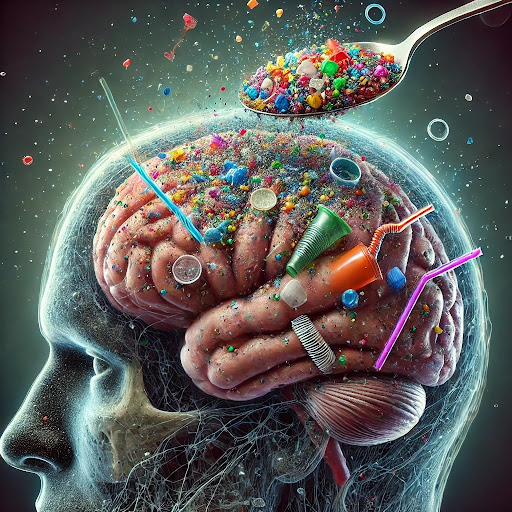
The study, published in Nature Medicine, found that microplastics (the tiny, degraded plastic fragments from food packaging, water bottles, and even the air we breathe) aren’t just floating around harmlessly.
They’re crossing the blood-brain barrier, the protective shield to keep toxins from your most vital organ.
Think of it like an ultra-secure airport scanner, designed to detect anything suspicious. Microplastics, however, are small enough to slip right through, much like a virus.
Once inside, they don’t just sit there.
They accumulate, embedding themselves into brain tissue, particularly in areas responsible for memory, cognition, and sleep regulation.
And it’s getting worse.
Researchers compared brain, liver, and kidney tissue samples from autopsies conducted in 2016 and 2024 and found “substantially higher concentrations” of microplastics in the 2024 brain tissue.
This means the contamination isn’t just increasing.
It’s accelerating at an alarming rate, mirroring the rise of plastic waste in our environment.
What’s This Got to Do With Your Pineal Gland?
Most people don’t realize that the pineal gland (a tiny, pea-sized structure deep in the brain) is one of the most vascularized organs in the body. It has an insane amount of blood flow, second only to the kidneys.
And what does that mean?
It means everything in your bloodstream (good or bad) gets a direct ticket to the pineal gland.
This includes essential hormones like melatonin, which regulates sleep, as well as toxins like fluoride, heavy metals, and now… microplastics.
Could Microplastics Be the New Pineal Gland Killers?
We already know that fluoride has been linked to pineal gland calcification, which essentially turns this vital gland into a hardened, useless lump.
But could microplastics be doing something even worse?
While research is still in its early stages, here’s what we do know:
Microplastics have been found in the brain tissue of people with dementia, at 10 times higher levels than those without the disease.
The pineal gland is crucial for hormone regulation, and any disruption could mean poor sleep, mood imbalances, and even accelerated aging.
The presence of microplastics in the brain mirrors the rise of cognitive diseases like Alzheimer’s over the past few decades.
How Did We Get Here?
The modern world has unknowingly set us up for this.
Plastic is everywhere. It’s in our food, our water, even the very air we breathe.
The study suggests that meat is one of the biggest culprits since animals ingest plastic-contaminated feed, which then bioaccumulates in their bodies… and eventually in ours.
This means that every time you take a sip from a plastic water bottle, eat a microwaved meal in plastic packaging, or even breathe in urban air, you could be adding more plastic to your brain.
And unlike other organs that have detox pathways, the brain has a harder time clearing out waste… which means these plastics could be building up for years.
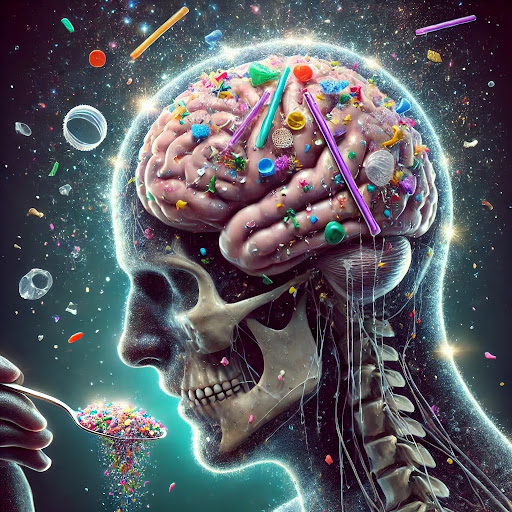
What Can You Do to Detox?
Thankfully, while we can’t live in a plastic-free bubble, we can reduce our exposure and possibly even detox what’s already there.
Here’s how:
1. Stop Plastic Contamination at the Source
Ditch plastic water bottles. Use stainless steel or glass instead.
Stop microwaving food in plastic containers. Use glass or ceramic.
Swap out plastic cutting boards for wood or stone (yes, tiny plastic shards from cutting boards end up in your food).
Filter your water. Most tap water contains microplastics (and fluoride, which also harms the pineal gland).
2. Flush Out Microplastics Naturally
Luckily, nature provides powerful detoxifiers that bind to and flush out these synthetic invaders.
The following natural compounds act as biological magnets, helping remove toxins while supporting brain and overall health:
Chlorella and Spirulina: These algae have been found to help remove toxins, including microplastics, from the body.
Tamarind: A natural chelator that binds to toxic substances and removes them from the system.
Moringa: A powerful detoxifier that helps flush the pineal gland and supports cognitive function.
Activated Charcoal: Helps bind to and remove toxins, including synthetic particles, from the digestive system.
3. Support Your Pineal Gland’s Natural Detox
Your pineal gland is like a water filter for your brain and just like any filter, it can get clogged.
To flush out toxins and restore function, consider:
Deep sleep support: Your brain clears out toxins while you sleep, so getting high-quality rest is crucial.
Melatonin-rich foods: Tart cherries, walnuts, and bananas naturally boost melatonin production.
Sunlight exposure: Natural light helps regulate the pineal gland and boost circadian rhythms.
Final Thought
For years, we’ve been warned about air pollution, heavy metals, and fluoride, but microplastics may be the newest and most insidious threat.
If this study is any indication, we might already be witnessing the first wave of neurological disorders linked to plastic toxicity.
The good news? Awareness is power.
Now that we know what’s happening, we can start making choices that protect our brains, our pineal glands, and ultimately, our future.
So, what do you think? Does the idea of plastic in your brain make you rethink your daily habits?
Let me know by replying to me. I’d love to hear your thoughts. And if you’ve already made changes to reduce your plastic exposure, share your tips.

